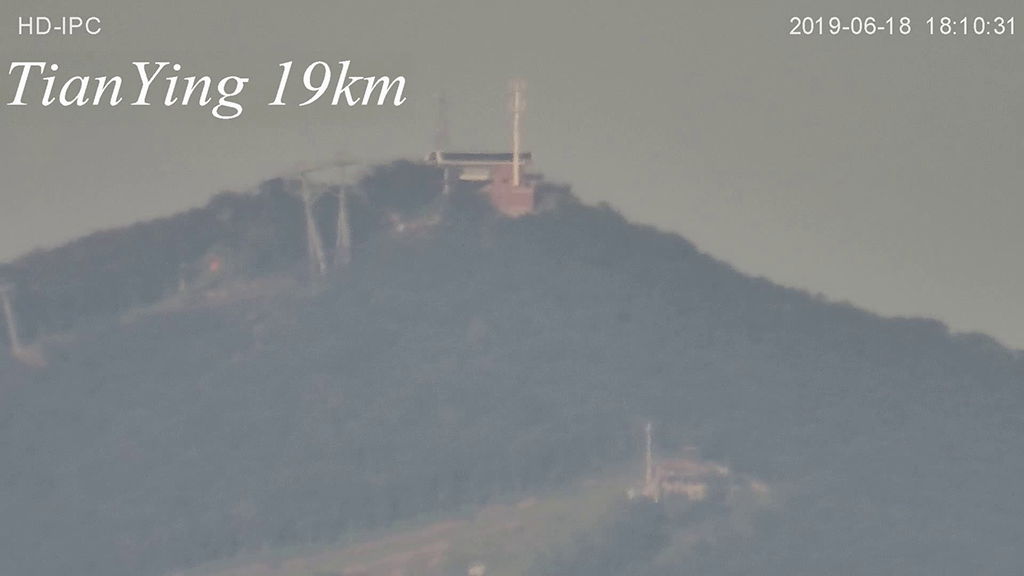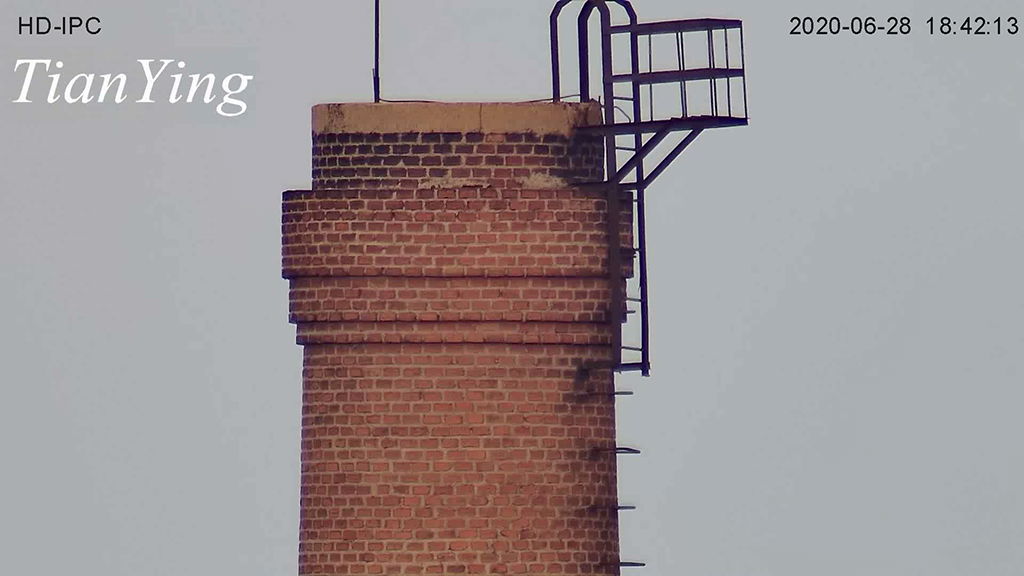Product Description
China TianYing TY-LR91-1 miniaturized 10km laser rangefinder module 30 Hz for tank, designed for integration into modern optronic reconnaissance tracking systems, provides accurate range performance to fast moving targets in extremely compact unit that weighs 1.8kg.
Depending on weather conditions and target characteristics, ranges between 200 m to 30 km can be measured. The measuring accuracy is 1m. Up to 600 measurements can be carried out in 30 seconds with a measurement frequency of 20 Hz. The model also has a 1570nm vision, no increase in size or weight.
We leveraged the lastest technology to construct this remarkably compact, exceptionally accurate rangefinder, hence customer enable very easy integration into ships, land vehicles or aeroplanes platforms, inclduing camera system, fire-control system etc.
tank 10km 30Hz continuous Laser Rangefinder Features:
1) Up to 30 km ranging capability, typically tank up to 10km of 20Hz.
2) Pulse repetition frequency up to 20 Hz continuous, option 30 Hz continuous.
3) Range accuracy < +/-1 m for target ranges.
4) Diode-Pumped ND:YAG, option OPO.
5) ≤ 400 μrad beam divergence.
6). TE-cooled avalanche photodiode detector.
7). Miniaturized design, weight < 1.8 kg with house.
tank 10km 30Hz continuous Laser Rangefinder Module Recommended Use:
1) Optronic surveillance and reconnaissance.
2) Target tracking systems and anti-aircraft systems.
3) Fire control systems for land, air and sea targets.
4) For determination of flight altitudes on airports.
5) To measure the distance of ships from the coast.
6) In general for applications of position determination of moving objects.
10km 30Hz Laser Rangefinder Module mainly specification:
| Model |
TY-LR91 |
| Transmitter |
| Laser Type |
Diode-pumped +Nd:YAG |
| Wavelength |
1064nm, option 1570nm |
| Measuring rate(programmable) |
Typical 20Hz work 18seconds and rest ≤ 10seconds cycle . |
| |
Max 20Hz work 30seconds and rest ≤ 20seconds cycle |
| |
Option 30Hz. |
| Beam divergence |
≤ 0.4 mrad, option 0.3mrad, 0.5mrad, 0.6mrad, 0.8mrad, 0.9mrad, 1mrad etc |
| Boresight stability |
≤ 0.05mrad. |
| Cooling |
Fan air flow. |
| Receiver |
| Detector |
TE-cooled Avalanche Photo Diode Detector (TE-cooled APD). |
| Range data |
| Ranging capability |
≥ 20km of building/large craft in 23.5km visibility; |
| |
> 11km of 30% albedo 5m² aircraft in 23.5 km visibility(normal 12.5km). |
| Accuracy |
≤ +/-1m |
| Electrical interface |
| Data interface |
RS422 |
| Power |
20 - 30V DC |
| Environmental conditions |
| Operation Temperature |
-40ºC~+55ºC |
| Reliability |
| Life |
≥ One Million Range Measurements |
| MTBF |
> 10000 hours |
| Mechanical interface |
| Size |
≤ 1500 cubic centimeters |
| Weight |
≤ 1800g with house |
| * - Note |
*Product design and Technical information is subject to change without notice
** Depending on the region of sale. |
Question:
1, Why many 20km/30km/40km laser rangefinder can not measure tank 10km in standard 23.5km visibility?
Because their 20km/30km/40km is theory data or high reflection large target in ideal visibility condition, even reflection need beyond 80% and visibility need beyond 50km.
2, Why many NATO target 10% reflection 12km laser rangefinder can not measure tank 10km in standard 23.5km visibility?
Because their 10% reflection is not real performance data, 2.3m x 2.3m NATO target is not real tank, or their NATO target effective size is different; normal the 2.3m x 2.3m target real albedo is 50% or more.
About test land standard, normal big target typical 20km LRF with 25km visibility, then, normal this LRF can measure their 2.3m x 2.3m target about 15km or more, then, real 30% albedo 2.3m x 2.3m target is only about 9km ~ 12km.
Also, starting state and stable state measuring range is different too, such as 15mJ-25mJ LRF, starting state is 25mJ, typical stable state is only 15mJ, only many companies are only said starting state, for example, said single pulse laser energy is at least 25mJ.
3, Why many laser rangefinder do not show measurement rate details?
Because max rate and continuous rate technology demand is different, such as max 12.5Hz 10 sec to 60 sec, maybe then 5Hz is max 1 min to 3 min with cycle.
Also, when rate have more different, such as 1Hz-5Hz, 1Hz-10Hz, 1Hz-20Hz, 5Hz-25Hz etc, then their working distance have more different too.
About 1.5µm eye safe laser rangefinder, if 1Hz is 10km, then, normal 5Hz is only balance about 80%~ 85%, normal 10Hz is only balance about 70%~80%, when this LRF laser energy is very low, then attenuation speed will accelerate.
4, Why normal mid-long range high rate laser rangefinder do not use for Erbium-glass laser?
Because normal Erbium-glass laser energy is too low, high rate continuous measuring time is too short, especially at extreme operating temperatures.
In fact, if Erbium-glass laser want to meet demand, energy need at least 2mJ, normal need 5mJ to 8mJ.
Then, Erbium-glass is not competitive with OPO and Raman shifted.
5, Why many laser rangefinder price is very cheap?
Because performance is different, for example: one LRF is used for bad cable, messy interface, messy wiring etc, then the LRF cost can reduce, even reduce much, but no warranty on performance.
If used for same performance, then our price is very cheap. that is why many laser rangefinder do not show their real main performance data.
Product Image










